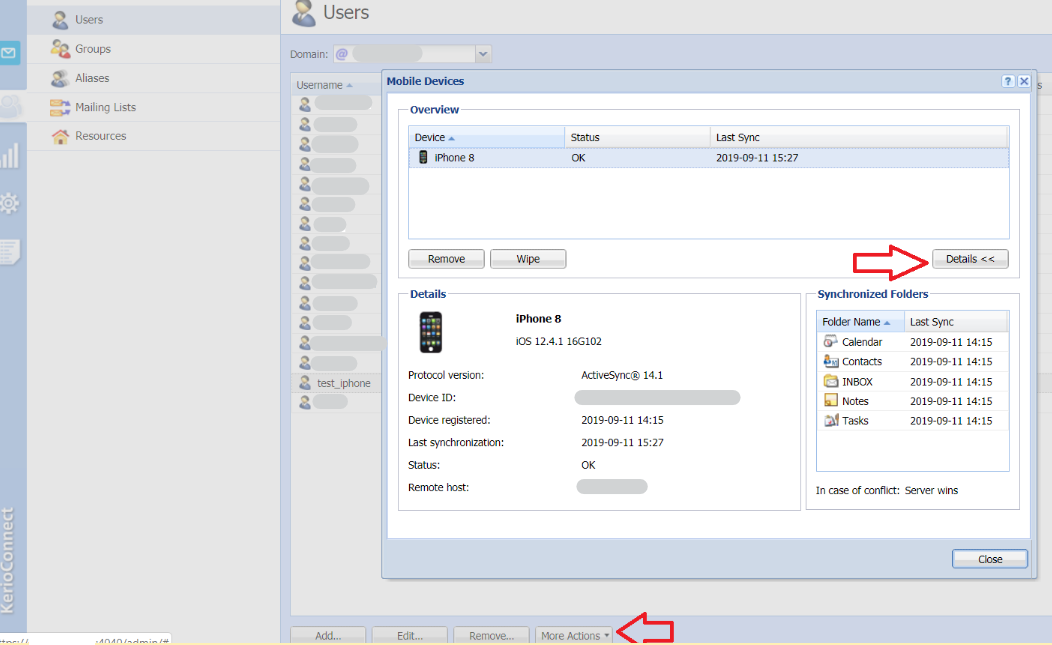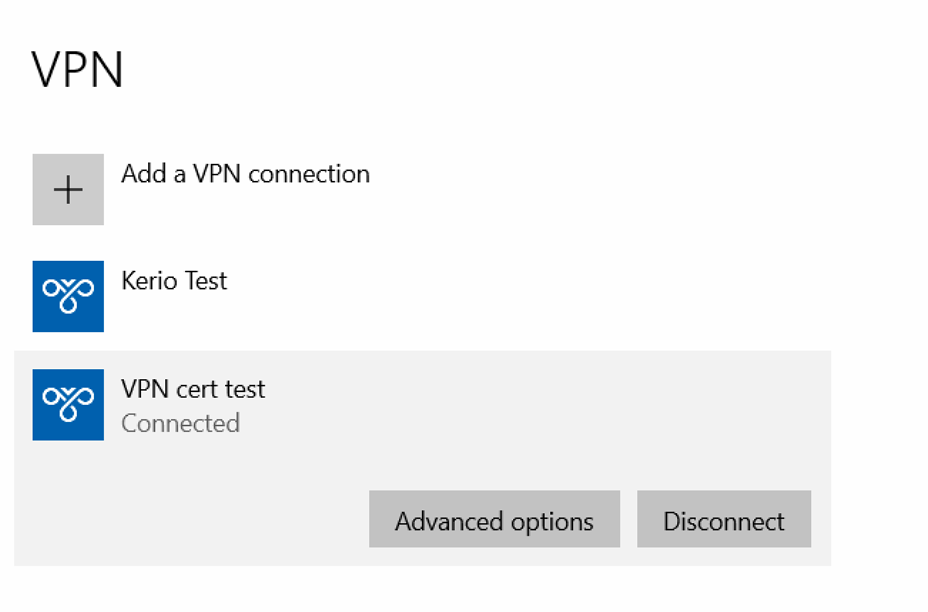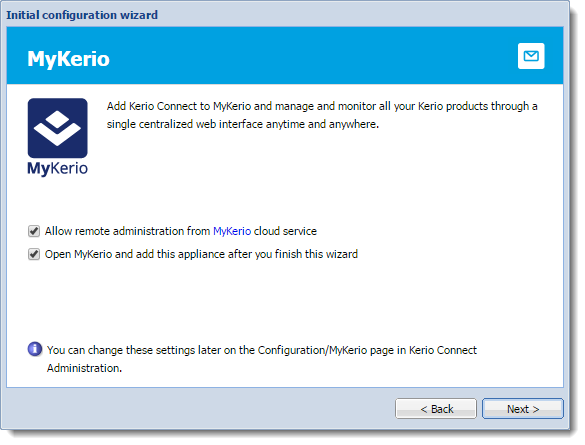

- #PASSWORD VERIFY SETTING KERIO CONNECT INSTALL#
- #PASSWORD VERIFY SETTING KERIO CONNECT FULL#
- #PASSWORD VERIFY SETTING KERIO CONNECT DOWNLOAD#
- #PASSWORD VERIFY SETTING KERIO CONNECT WINDOWS#
Select your domain and click on the General tab. In the administration interface, navigate to Configuration > Domains. To find it: Log in to your account in Kerio Connect.
#PASSWORD VERIFY SETTING KERIO CONNECT DOWNLOAD#
Download the Kerio Connect installation le.

Additional Resources and Troubleshootingįor troubleshooting, see the vendor documentation. The first step is to find your DKIM public key on Kerio Connect. If your distribution has systemd available, use the following command to start/stop Kerio Connect: systemctl start rvice systemctl stop rvice Linux DEB For system requirements go to the product pages. Plugin Enablementįor plugin enablement information, see Enable Plugins. To send Syslog messages to USM Appliance, enter the USM Appliance IP address in the Syslog server field. Right-click in a log area to open a dialog box in which you can configure Log Settings and enable external logging to a Syslog server (available for all logs). The Logs section in the Kerio Connect administration interface provides access to various Kerio Connect log files. To configure Kerio Connect to send Syslog messages to USM Appliance

The table below provides some basic information for the plugin: Plugin Information Deviceīefore you configure the Kerio Connect integration, you must have the IP Address of the USM Appliance Sensor.
#PASSWORD VERIFY SETTING KERIO CONNECT FULL#
However, you must add the new drive to /etc/fstab so that it is mounted automatically when the server reboots.When you configure Kerio Connect to send log data to USM Appliance, you can use the plugin full name as appeared in product web UI plugin to translate raw log data into normalized events for analysis. Check the drive is mounted - ls -lsa /store.Įverything is now up and running. Mount the drive: mkdir /store (to create a directory for the drive), mount -t ext3 /dev/sdb1 /store (to mount the drive to this directory).This commands formats the partition with the ext3 filesystem which should work fine for your Debian system. Format the new disk: mkfs.ext3 /dev/sdb1.Your new partition is created at /dev/sdb1. From the menus at the bottom select the following: The cfdisk controller will load up and here you can create a new partition on your drive. Create a new partition on your new drive: cfdisk /dev/sdb.The disk at /dev/sdb is picked up and there are no partitions. To check whether Debian installed and picked up your new hard drive, run the following command: fdisk -l.Using your VM Hypervisor, add a new hard drive to your VM and start the appliance.To increase available disk space for the message store, you can add a second virtual hard disk to the appliance. Some of these commands are potentially destructive and may cause damage to your system if not carried out correctly. - the Kerberos realm used in your Active Directoryįor information on importing users from Active Directory, read this article.Run the following command on your Kerio Connect console: kinit - the appliance hostname and corresponds to the computer name in the Active Directory

Kerio Connect makes email, calendars, contacts and task management easy.
#PASSWORD VERIFY SETTING KERIO CONNECT WINDOWS#
Run the following command on your Windows Active Directory (master): setspn.exe -R hostname Kerio Connect is the award-winning, low-overhead alternative to Microsoft Exchange.
#PASSWORD VERIFY SETTING KERIO CONNECT INSTALL#
For Kerio Connect 8.5 and older, install the following packages: apt-get install krb5-clients krb5-config


 0 kommentar(er)
0 kommentar(er)
